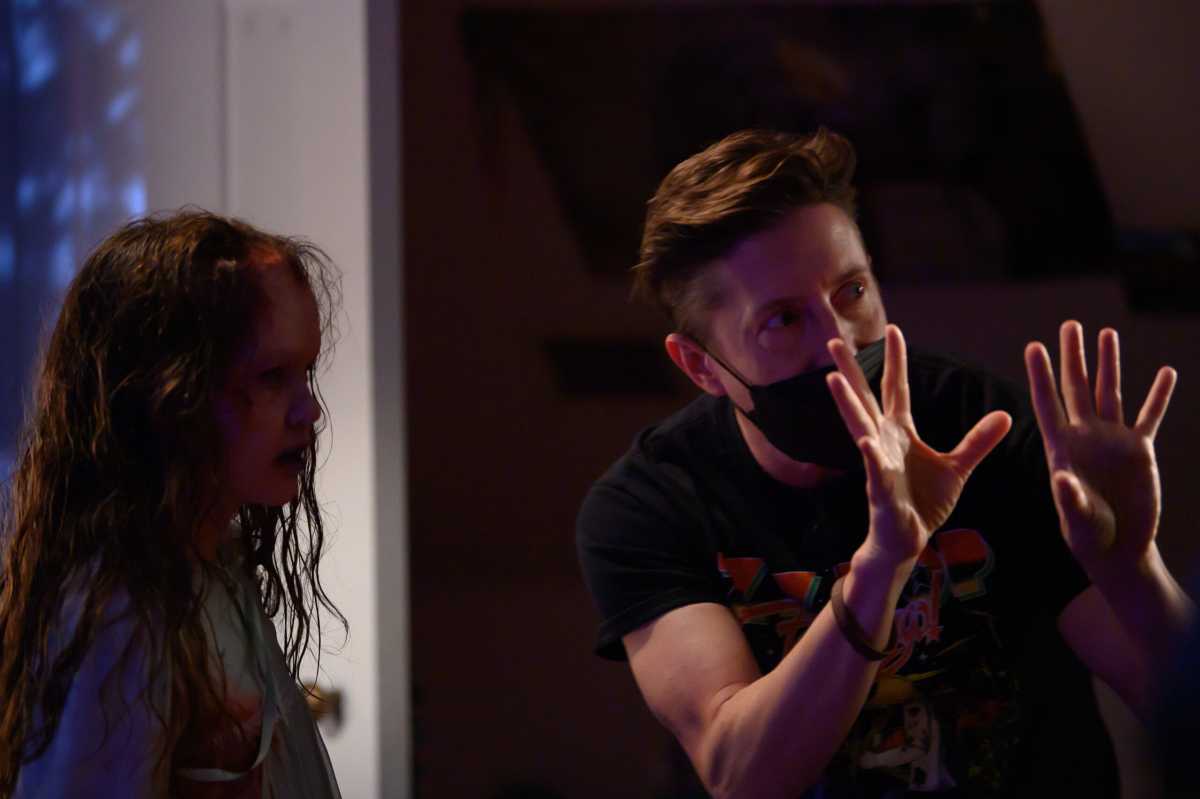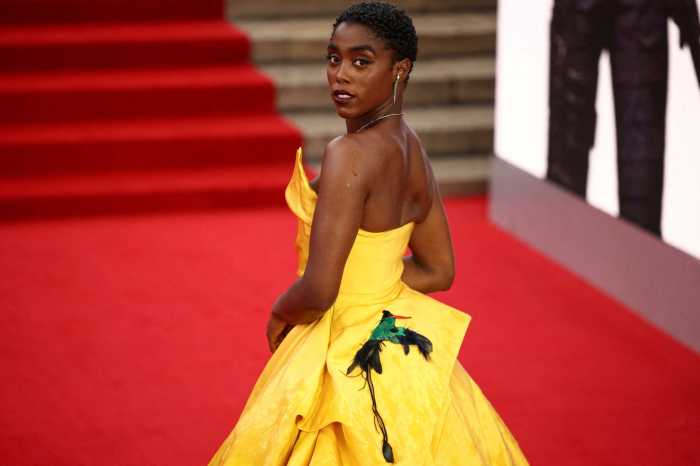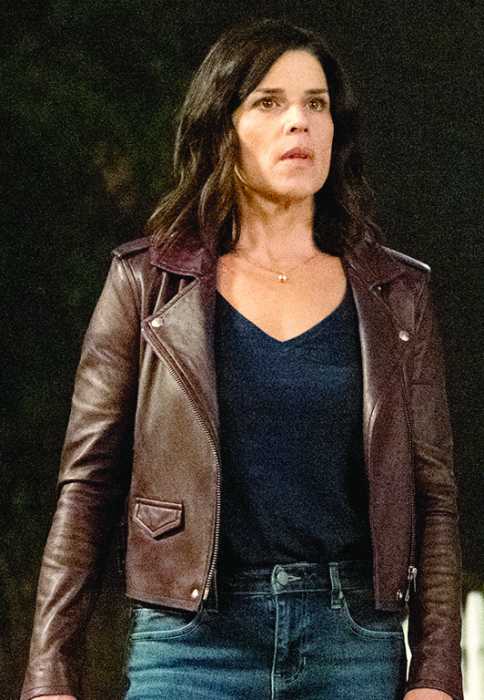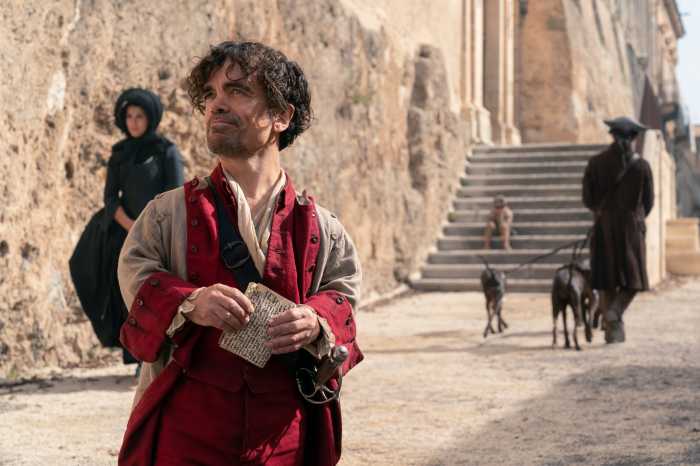Many know the 1973 film, ‘The Exorcist’, as it’s said to have defined a generation of horror fans. In this latest installment to the franchise, ‘The Exorcist: Believer‘, director David Gordon Green wanted to pay homage to the original (and you’ll see that through certain characters and the tubular bells music), but really, it’s a new story with a fresh perspective.
Instead of going for jump scares or building a story based on thrills, Green wanted a complete plot that surrounds the thing that really fuels it—people. On top of beautiful cinematography and an A+ cast, ‘The Exorcist: Believer‘ is hoping to bring a new audience base into the genre, and the director delved a little deeper on how they’re trying to make that happen.
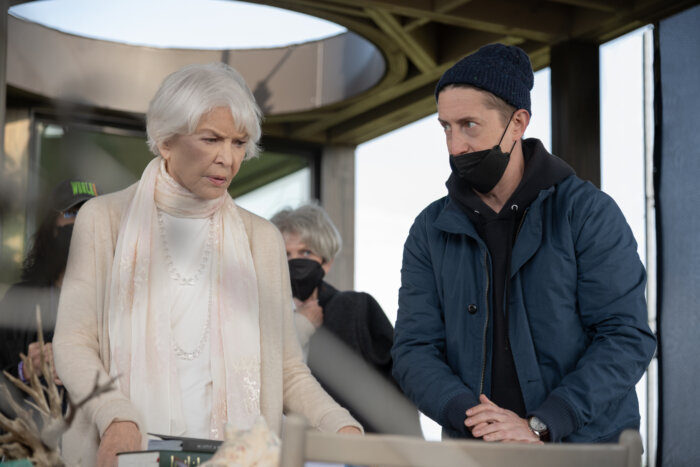
Where did the idea for this film come from and how did it grow into a feature?
The idea [was] acknowledging the very influential original film, but wanting to do something different and make it really personal. The idea to bring multiple perspectives of spirituality was, I guess the origin or the seed that we planted to inspire us to distinguish our movie from that film.
In that research, I found some cases of synchronized possession of multiple people infected by a common entity…I thought that was really fascinating in a way that we could then articulate different families’ perspectives from within the multiple possessions. The two girls and their family’s perspectives, one from a non-believer, one from a very churchgoing family, and then their neighbors as they align their different beliefs, it’s then, how we could confront our demon and build to an epic climax.
Were you able to talk to any of the families that you learned about?
Well, in terms of the synchronized possession, I never spoke to anyone about that. It was just documents that you would read about historical evidence and things that were pretty far out. But I did talk to a lot of people who had been a part of exorcisms and not just Catholic Roman, but rituals of possession of so many sorts. [We talked] to a lot of people and had a lot of spiritual consultants and counselors on set and authorities to help us when we were designing some of the texts that we’d be reciting and all that stuff. It was a collaborative effort by a lot of people bringing authenticity and authority to it.
I want to talk about casting as well—specifically casting the characters of Katherine and Angela. How do you audition actresses for possession roles?
Well, if you said, hey, we’re auditioning young girls for an exorcist movie, everybody’s going to come in with their expectations. So we were auditioning for a movie called “Brainwaves” that we fictionalized, and it was all about illness and it was playing into an undiagnosed medical ailment that these girls had. So it was all baloney audition pieces that I could then filter hundreds of auditions from.
Then when I met Olivia (O’Neill) and Lidya (Jewett) and finally sat down with them and their parents. I said, I’m astonished by your performance, your naturalism, your ability to improvise and be young and full of love and optimism, and then also the power and emotion and expression you have in these darker scenes…but Brainwaves is bullsh*t. This is an Exorcist movie. And it was really fun seeing them try to process that.
So then they went through and watched the movie and saw some of my intentions and could connect it, but I didn’t want to have that in the back of their heads when they were creating some of these expressions. So we had it there. We had Linda Blair as a consultant for them to try to maneuver a life on set and go to the depths of these emotional places in a way that would be healthy for their well-being. And it’s an industry that’s evolved a lot over the last 50 years, so we wanted to be a part of that progress and take care of Lidya and Olivia.
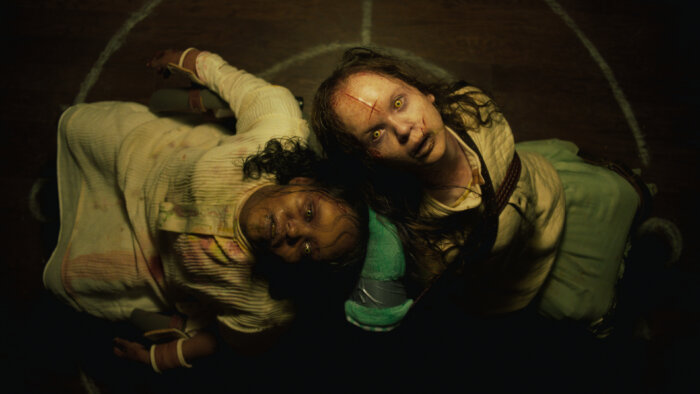
I can only imagine what shooting some of those scenes would be like.
It started out really intense, but the more we would do take after take, it became like performance art. It became like an interpretive dance, and they’d come to set playing Taylor Swift songs and they became best friends and it was just a really fun energy that they would bring. And then you look at it and you add a demon voice or an animal sound to it, and all of a sudden you start to put it together in the editing room, but some of it was actually from their contributions. It was really fun.
The ‘Exorcist: Believer’ really built suspense up well, even right from the opening shot. But it didn’t feel cheap. How do you build that up as a director?
There are so many [ways], some of which are inspired by the original (William) Friedkin film. Sound design, I have to say, is a really important part of that—when you play music, or when you don’t. Sometimes music helps embellish the suspense and sometimes it diminishes it because if there’s nothing you can lean on and you’re looking into darkness and you can’t hear anything, your senses are just activated in waiting for stimulation, and so that can be really valuable.
Other times I need to say something scary has happened with the music, or something scary is about to happen—so anticipate it. Then you play it whether you’re reaching for surprise or reaching for suspense. Those are two different approaches, and sometimes I’ll shoot both approaches to a scene. And I wanted this movie to not be cheap scares, but be atmospheric and rich with that dread and unnerving quality without feeling like it’s just cheap thrills to jump out of your seat. Much like the original film opened up a lot of minds that were otherwise uninterested in horror movies, I think we can do the same with our film.
The theme of people plays a huge role in the film—there’s one speech in the film that really drives that home. So when you were conceptualizing the story, how did that theme build, and what does it hold in this story specifically?
I think it’s having a variety of perspectives, and there could be a common cause or an agenda or something we’re trying to expel, or in our case, exercise. But if you go in there with your singular mindset it’s not nearly as effective as if you go in there with your spiritual combatants or your devil’s advocates and try to find those commonalities and where the unity or the community might be more effective than the individual.
I think our story in its most relatable form is about a guy who has stepped away from faith after the death of his wife, and he’s isolated himself socially and probably spiritually, and lives a very protected life with his daughter. And this is a story, I guess, about what awakens him to recognize that there are communities and philosophies and mindsets and outlooks that can be valuable to one rather than just looking inward. You can look outward.
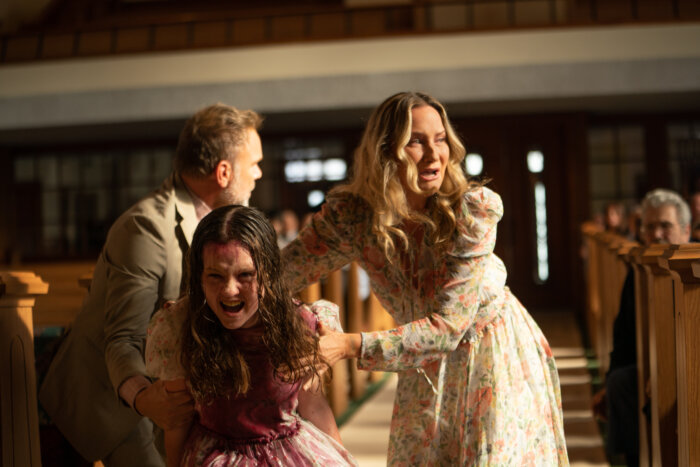
“The Exorcist: Believer” opens in theaters Oct. 6.



